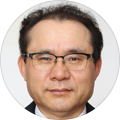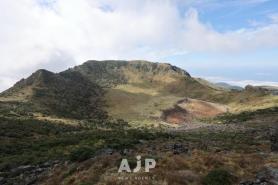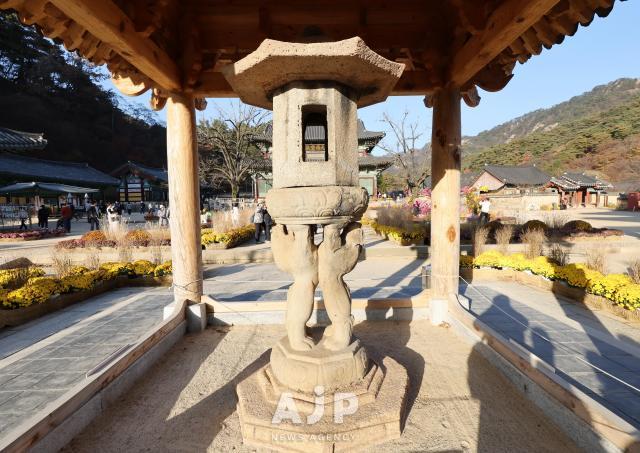
BOEUN, November 20 (AJP) - While relatively small, the county of Boeun in North Chungcheong Province has long served as a critical transport hub, imbuing it with significant strategic and cultural importance since ancient times.
This rich past is preserved in a remarkable concentration of historic cultural assets, including the revered Beopjusa Temple on Songnisan Mountain, the formidable Sannyeonsanseong Fortress, and the grand Udang traditional house.
Beopjusa Temple, a serene site founded in 553, stands as a profound testament to Korean Buddhism, boasting a history spanning 15 centuries. Once a sprawling complex with over 60 halls, the temple is historically significant as a crucible of the Maitreya (Future Buddha) belief. This utopian Buddhist philosophy holds that in times of global crisis, the Maitreya Buddha will emerge to guide humanity, offering a potent message of hope and refuge to the suffering.
The temple is instantly recognized by its towering 25-meter-high Maitreya Buddha statue, which holds the distinction of being the world's largest single bronze Buddha statue, constructed using a staggering 116 tons of bronze.
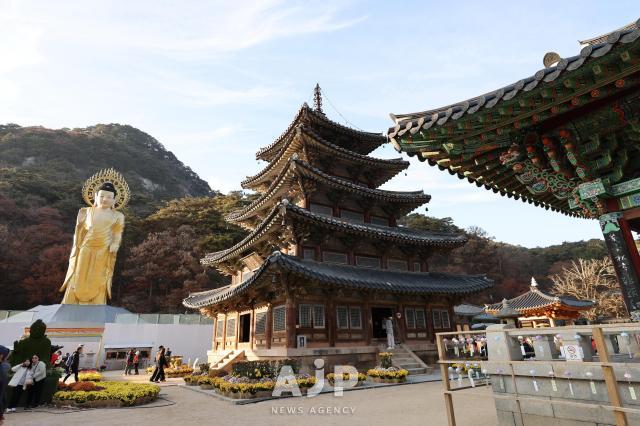
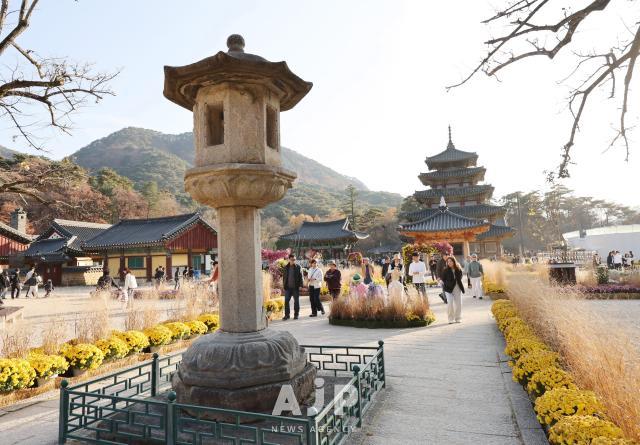

Another architectural marvel is Palsangjeon, the sole surviving five-story wooden pagoda in South Korea. Although the current structure was rebuilt after the Japanese invasions of Korea in 1592 and underwent major repairs in 1968, its significance is undiminished. Its name is derived from the Palsangdo — eight mural paintings depicting the life of the Buddha — adorning its interior walls.
Beopjusa is also home to three National Treasures: the Palsangjeon itself; the magnificent Ssangssaja Seokdeung (twin lion stone lantern) from the ancient Silla Kingdom, celebrated for its artistic excellence; and the ingeniously designed Seokyeonji (stone lotus pond) pagoda.
A visit offers a tangible connection to the sweep of Korean history and culture. Reflecting its immense value, Beopjusa was inscribed as a UNESCO World Cultural Heritage site in 2018.
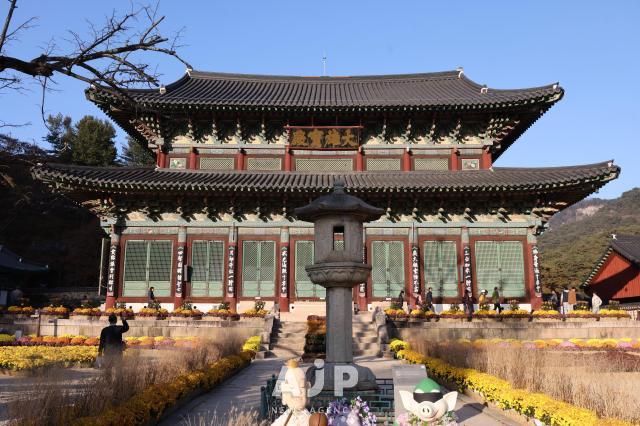
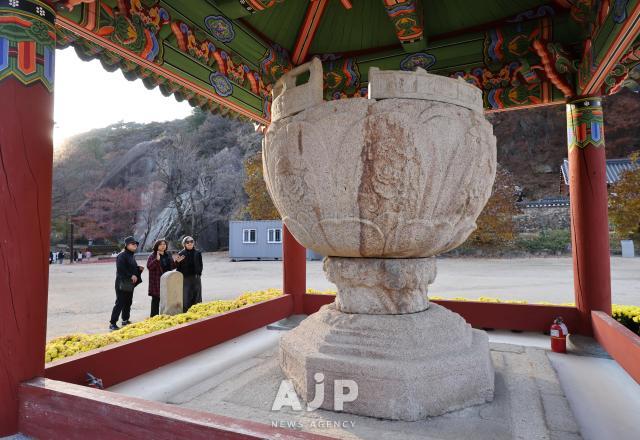
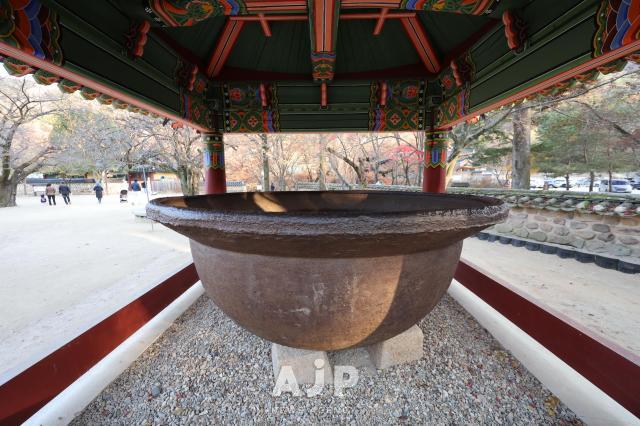
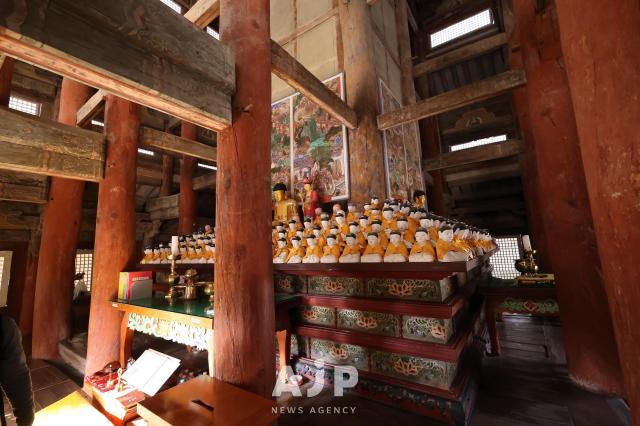


Tracing the ridge of Ojeongsan Mountain, 325 meters above sea level, is the imposing Sannyeonsanseong Fortress. This stone-piled citadel was constructed in 470. Its name, which translates to "3-year mountain fortress," is attributed to the fact that its construction took exactly three years, as recorded in the Samguk Sagi (History of the Three Kingdoms).
The fortress walls extend for 1,640 meters, reaching heights of 12 to 20 meters and widths of 8 to 10 meters. The scale of the undertaking is staggering; estimates suggest over 10 million stones were used, leading to the local legend that the stones of Boeun were exhausted during its construction. A rewarding hike along the walls from the main gate typically takes about an hour and a half.
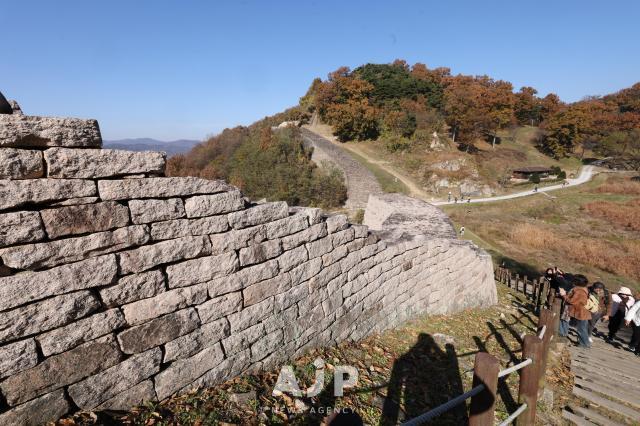
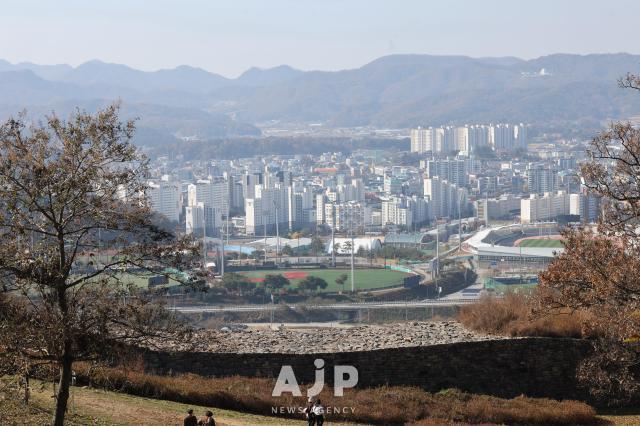
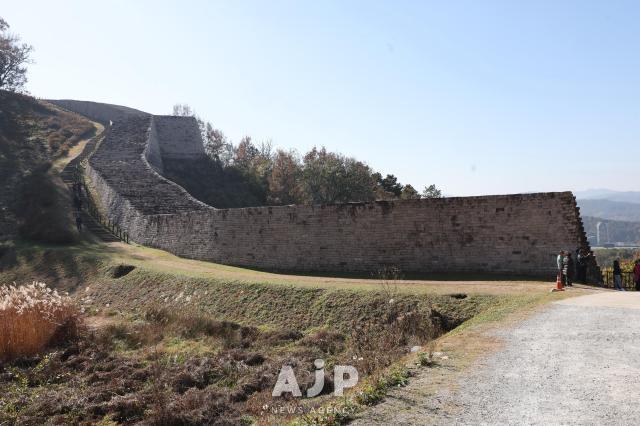
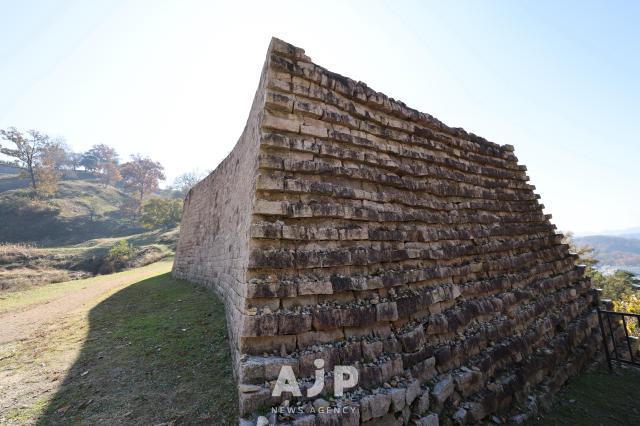


Completing the historical tour is the Udang Gotaek, a monumental hanok (traditional Korean house) belonging to the Seon family, built between 1919 and 1921. Comprising 134 rooms, it is recognized as the largest private residence in South Korea built in the traditional style.
The house is situated amidst a tranquil pine forest on a wide delta where streams converge, creating an idyllic setting where the grand architecture harmonizes perfectly with the natural landscape.
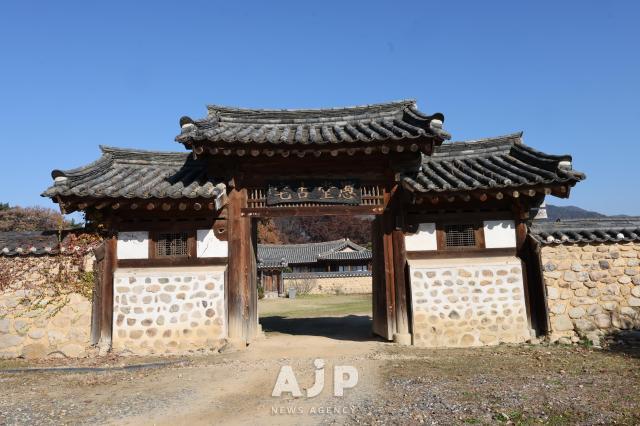

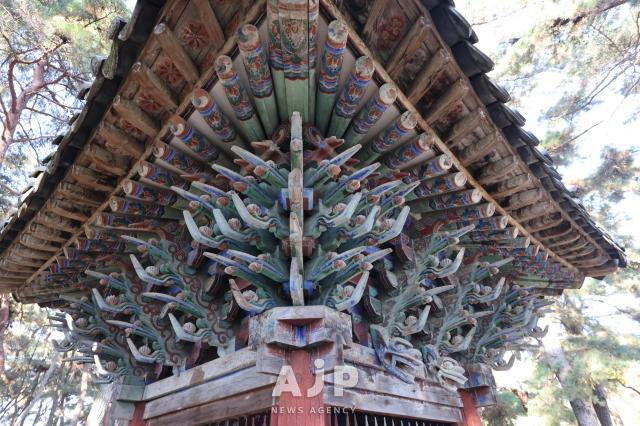
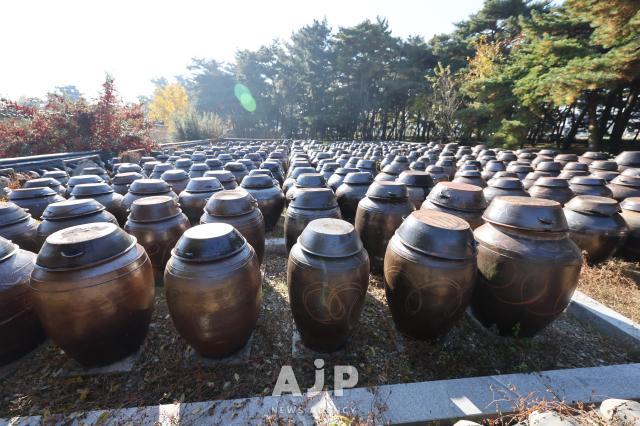

Copyright ⓒ Aju Press All rights reserved.

